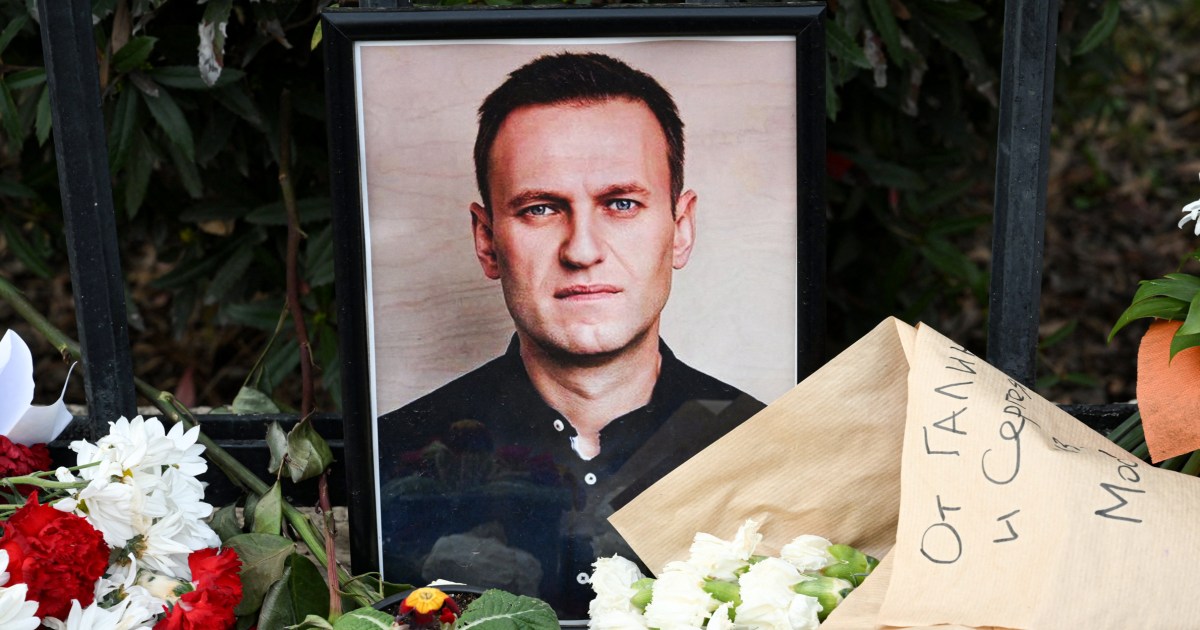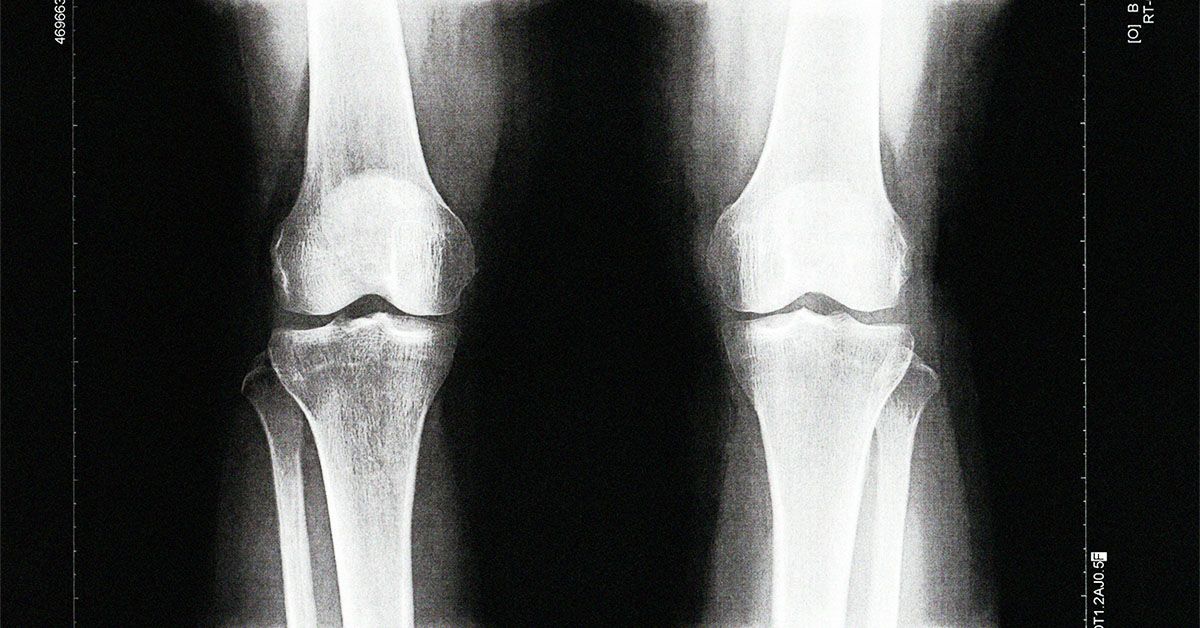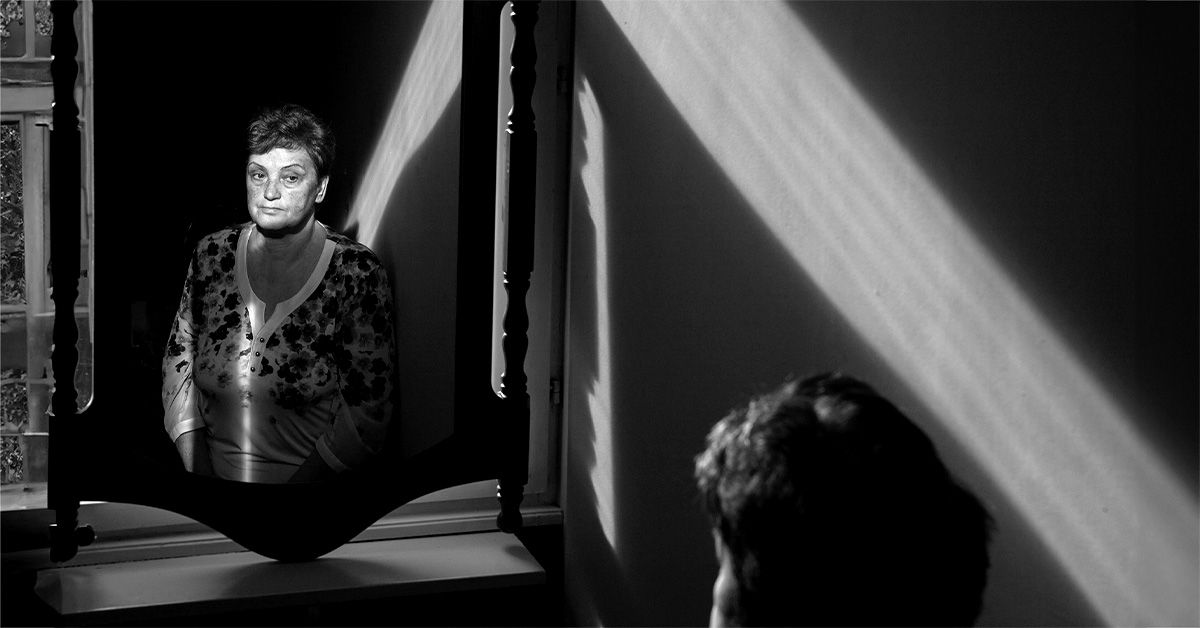Soon after Guerdy Abraira learned she had breast cancer, her doctors shared the treatment plan, which included radiation.
“The Real Housewives of Miami” star began looking for images of how radiation looks on Black and brown skin. But she could only find one picture, and it looked terrifying.
“It was so dramatic, and I’m like, ‘Is this what’s going to happen with me?’” Abraira tells TODAY.com. “It was literally a complete, black, perfect rectangle across the breast that led to the back of the breast.”
Abraira’s breast cancer journey
When Abraira asked her doctors about the image she found, they said the reaction in the image was extreme and the woman likely had a different type of breast cancer from Abraira. Still, this picture made Abraira want to speak out about the lack of photos of what radiation looks like on darker skin.
“I am working on filming my journey because I am going to have people see what it is from beginning to end and … show pictures,” she says. “I have no shame in the game.”
In March 2023, Abraira announced she was diagnosed with stage 1 estrogen-receptor-positive breast cancer after a routine mammogram. Grappling with cancer felt tough.
“It was overwhelming because it’s a super slow process,” she says. “As you’re waiting for the next result, you’re still thinking, ‘Am I going to die?’”
While her doctors reassured her that her cancer was treatable, she still faced challenges. Originally, she believed that she would only need surgery and radiation, but then doctors added chemotherapy to her treatment regimen. Her type of cancer has a higher recurrence rate, and she wanted to reduce her chances of dealing with cancer again in the next decade.
“We needed to go more aggressive on treatment to minimize that recurrence,” she says. “Because of that treatment of chemo and radiation and surgery, I was able to reduce that chance to under now just up to 10%.”
Abraira is now cancer-free, but radiation changed the appearance and feel of her skin, she says.
“On the back side of my shoulder, it looks like a really bad sunburn that was kind of flaking away,” she explains. “It’s just cracking, sandy … to the touch and I’m still putting my bio oil on it.”
The effects of radiation on dark skin
Radiation therapy uses “high energy rays” to eradicate the cancer cells, according to the American Cancer Society. It’s commonly used after a lumpectomy or mastectomy as a way to neutralize any lingering cancer cells, says Dr. Nicolette Taku, a radiation oncologist at the University of Texas MD Anderson Cancer Center.
Radiation targets the rays to cancer’s location, for example the breast or lymph nodes. This intense, directed energy beamed at the skin can cause “redness, irritation, darkening of the skin,” Taku says. Later, some develop fibrosis, a hardening of the skin.
Taku says doctors know radiation impacts darker skin differently. Yet, there is little research examining these alterations more closely.
“Skin changes, like … darkening of the skin, can be more pronounced in patients of color,” Taku, who was not involved in Abraira’s care, tells TODAY.com. “It hasn’t been something that has been studied in a systemic, prospective fashion with a lot of evidence to support it.”
Taku agrees that there’s a lack of “images available to patients to really visualize what their skin changes might look like” for women of color. She hopes more research might be done because it would be beneficial for patients to understand what might happen during radiation.
“Breast cancer is one of the most common cancers that affect women,” Taku says. “There are a lot of women of color every day undergoing radiation and asking the same question … ‘What will my skin look like?’”
Reducing cancer recurrence, boosting quality of life
While doctors want to treat the cancer and prevent recurrence, Taku says they also consider a patient’s lifestyle worries, too.
“As a quality of life measure, we’d like to have as normal appearing breasts as possible and normal appearing skin of the irradiated area as possible,” Taku says.
“We recognize that patients of color can have different skin reactions,” she adds. “We should go beyond recognizing it and do more to really characterize it and then counsel patients accordingly so that everybody can be aware of what their outcomes will look like.”
While Abraira hopes that more resources become available so women of color understand how radiation will change their skin, she wouldn’t have opted out of radiation — or any part of the treatment plan.
“I still see the scarring right now. Maybe it’s permanent, maybe not,” she says. “I don’t care to be honest. It was a large burn on my skin. Considering that I’m still alive and able to be there for my family, that’s how I weigh it.”
Read the full article here
















